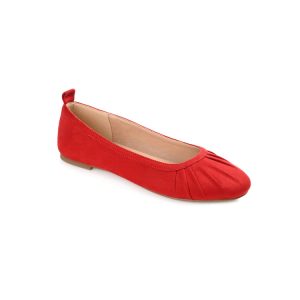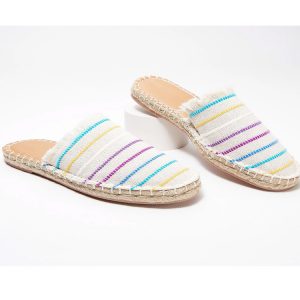We are a footwear maker with 10+ years’ experience,our factory has great advantages in price and product quality. If you are interested in our factory,you can click the our website.https://www.keleeti.com/

Introduction
When it comes to the footwear market, Original Equipment Manufacturer (OEM) production is quickly becoming a popular option. Not only can OEM production help to reduce costs and speed up production, but it also allows companies to take advantage of the latest technologies and innovations. OEM production is a great way for companies to create unique products that stand out in the market. This paper will explore the different aspects of OEM production and its relevance to the footwear industry. It will also discuss the advantages and disadvantages of OEM production and how to determine if it is the right option for a company.
What is OEM Production?
Original Equipment Manufacturer (OEM) production is a process where a company buys components from another company and then assembles them into a product for sale. It is different from the traditional manufacturing process in that the components are not produced by the company itself. Instead, the company purchases components from other companies, often at a discounted rate, and then assembles them into a product. OEM production is often used in the footwear industry to create unique products that stand out in the market.
Advantages of OEM Production
There are several advantages to OEM production in the footwear industry. First, it is a cost-effective option. Companies can often purchase components at a discounted rate, allowing them to save money on production costs. Additionally, it can be faster than traditional production methods. Since companies don’t have to produce the components themselves, they can focus on assembly and delivery, which can result in a faster turnaround time.
OEM production also allows companies to take advantage of the latest technologies and innovations. By purchasing components from other companies, companies can stay up-to-date on the latest trends and technologies, allowing them to create products that are more advanced and competitive. Finally, OEM production allows companies to create unique products that stand out in the market. By purchasing components from other companies and then assembling them, companies can create products that are truly unique and that no one else has.
Disadvantages of OEM Production
Despite its many advantages, there are also some disadvantages to OEM production. First, it can be difficult to find reliable suppliers for components. Companies must take the time to research and evaluate potential suppliers, making sure that they are reliable and trustworthy. Additionally, it can be more difficult to control the quality of components purchased from other companies. Companies must take the time to inspect components to ensure that they meet the necessary standards.
Finally, it can be difficult to find the components that are needed. Since OEM production involves purchasing components from other companies, it can be difficult to find the exact components that are needed. Companies must take the time to search for the right components, often having to compare different suppliers to find the best deal.
Determining if OEM Production is Right for Your Company
Deciding whether or not OEM production is the right option for your company can be a difficult decision. It is important to weigh the advantages and disadvantages of the process and determine if it is the right fit for your company. Companies should consider their budget, timeline, and product goals when making this decision.
If a company has a limited budget, OEM production can be a great option. It allows companies to purchase components at a discounted rate, which can help to reduce costs. Additionally, it can be faster than traditional production methods, allowing companies to get products to market quicker.
On the other hand, if a company has a tight timeline and needs to get products to market quickly, OEM production may not be the best option. Companies must take the time to research and compare different suppliers, which can delay production. Additionally, it can be more difficult to control the quality of components purchased from other companies. Companies must take the time to inspect components to ensure that they meet the necessary standards.
Conclusion
OEM production is a popular option in the footwear industry, but it is important to consider the advantages and disadvantages of the process before deciding if it is the right option for a company. OEM production can be a cost-effective and time-saving option, but it also involves risks. Companies must take the time to research and evaluate potential suppliers and components, making sure that they meet the necessary standards. By weighing the advantages and disadvantages and determining if it is the right option for a company, OEM production can be a great way to create unique products that stand out in the market.





